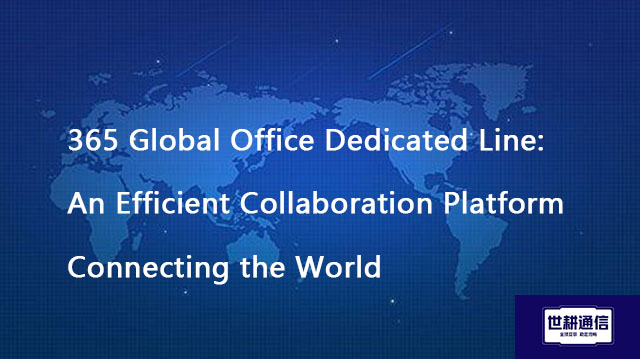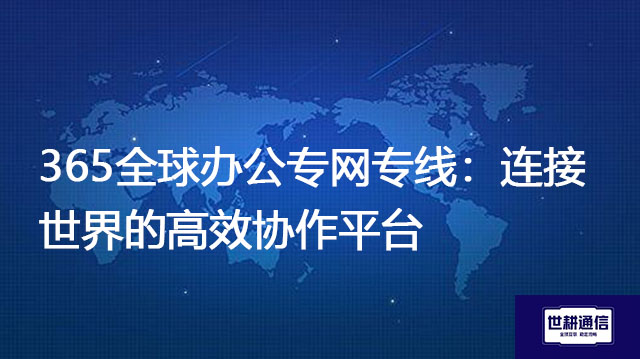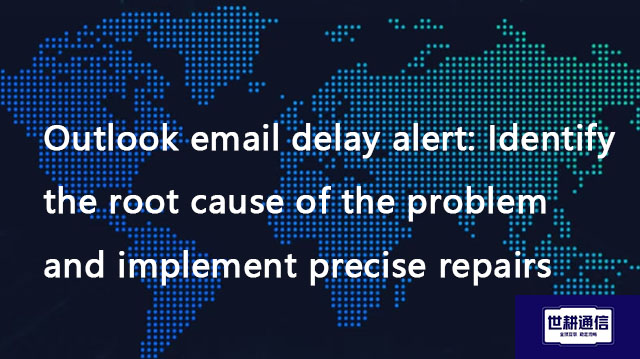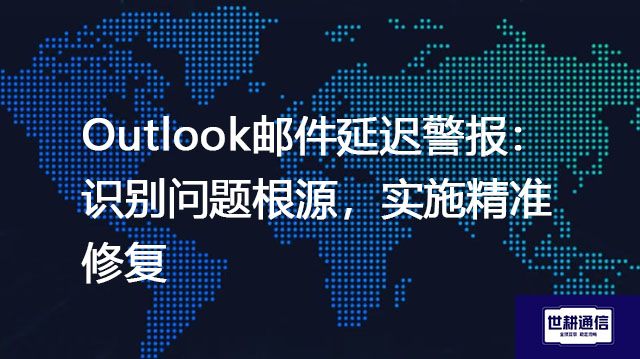Cross border offshore oil platform: building a highly reliable satellite communication system//Global IPLC service provider of Shigeng Communication
一、Industry pain points: Challenges in maritime communication
Offshore oil platforms are usually located in deep-sea areas far from land, and traditional fiber optic and microwave communication are difficult to cover, mainly relying on satellite communication. However, this scenario faces the following key challenges:
High latency and low bandwidth
Geosynchronous orbit (GEO) satellites have a delay of up to 500ms+, which affects real-time data transmission (such as remote control and video surveillance).
Bandwidth is limited (usually<100Mbps), making it difficult to support high-definition video and large project file transfers.
Adverse environmental impact
The high humidity and salt spray corrosion at sea have led to an increase in equipment failure rate.
Extreme weather conditions (typhoons, heavy rain) can cause signal attenuation or even interruption.
Business continuity risk
A single satellite link failure may cause production to stagnate, resulting in hourly losses of up to $50000+(drilling rig standby costs).
Lack of backup communication methods and delayed emergency response.
2. Solution: High reliability satellite communication architecture
1. Hybrid SATCOM (Hybrid Satellite Network)
Advantages of Technical Solutions Applicable Scenarios
GEO satellites have wide coverage and high stability for daily data transmission (SCADA, email)
LEO satellite constellation low latency (<50ms), high bandwidth (Starlink 200Mbps) real-time video conferencing, remote device control
Short distance communication (<50km) between maritime microwave platforms and data synchronization between cluster platforms
Implementation example:
Main link: Inmarsat GEO+Backup link: Starlink LEO
Dynamic traffic allocation: Key control signals are routed through LEO, while non real time data is routed through GEO to reduce costs.
2. Anti harsh environment design
Equipment protection: IP67 waterproof antenna, stainless steel shell anti salt spray corrosion.
Signal enhancement: using Ka band (30GHz) anti rain attenuation technology, combined with automatic power regulation.
Redundant power supply: dual backup of solar energy and diesel generator, ensuring 24/7 operation.
3. Intelligent disaster recovery and optimization
Multi link automatic switching: SD-WAN monitors link quality in real-time and switches to backup satellite within 50ms in case of failure.
Data compression and caching:
Use Protocol Buffers to compress SCADA data (reducing volume by 60%).
Edge caching of non emergency data (such as device logs), staggered feedback.
3. Implementation effectiveness: from risk to reliability
Improve performance before and after optimizing indicators
Communication delay 600ms (GEO) 40ms (LEO) -93%
Bandwidth stability fluctuates frequently 99.9% SLA interruption frequency ↓ 90%
Emergency response time of 2 hours+<5 minutes, efficiency increased by 24 times
Annual communication failure loss of $1.2M $50000, cost savings of 95%
Typical case:
After deploying a hybrid satellite system on a North Sea oil platform:
The transmission time of remote drilling control instructions has increased from 1.2 seconds to 0.1 seconds, reducing operational accidents by 70%.
Maintain critical communication through LEO satellites during typhoons to avoid $800000 in downtime losses.
4. Future Evolution Direction
AI driven predictive maintenance
Using equipment vibration/temperature data transmitted by satellites, AI predicts motor faults with an accuracy rate of over 85%.
UAV relay communication
In emergency situations, drones equipped with portable base stations establish temporary communication links (covering a radius of 20km).
Quantum encryption communication
Satellite quantum key distribution (QKD) is used to defend against maritime cyber attacks, such as the Iranian oil platform hacking incident.
5. Industry recommendations
Phased deployment:
Stage 1: Primary GEO+Backup LEO (cost controllable).
Phase 2: Introduce a maritime 5G private network (such as platforms within 50km of the coast).
Compliance considerations:
Comply with the International Telecommunication Union (ITU) satellite frequency regulations to avoid signal interference.
At sea, reliable communication is the lifeline
——Communication supervisor of a deep-sea drilling platform
By combining satellite networks with intelligent disaster recovery design, offshore oil platforms can build communication reliability comparable to that of land, supporting digital transformation and safe production.
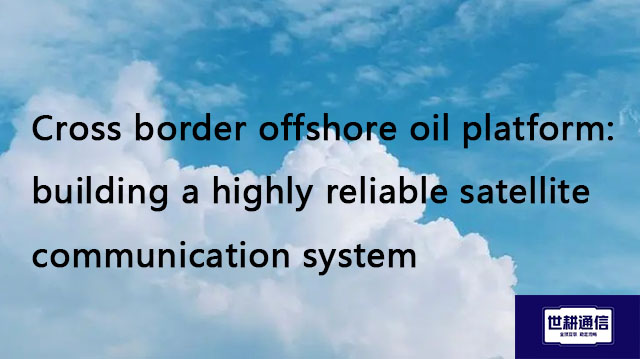
二、Shigeng Communication Global Office Network Products:
The global office network product of Shigeng Communication is a high-quality product developed by the company for Chinese and foreign enterprise customers to access the application data transmission internet of overseas enterprises by making full use of its own network coverage and network management advantages.
Features of Global Application Network Products for Multinational Enterprises:
1. Quickly access global Internet cloud platform resources
2. Stable and low latency global cloud based video conferencing
3. Convenient and fast use of Internet resource sharing cloud platform (OA/ERP/cloud storage and other applications
Product tariff:
Global office network expenses | Monthly rent payment/yuan | Annual payment/yuan | Remarks |
Quality Package 1 | 1000 | 10800 | Free testing experience for 7 days |
Quality Package 2 | 1500 | 14400 | Free testing experience for 7 days |
Dedicated line package | 2400 | 19200 | Free testing experience for 7 days |


